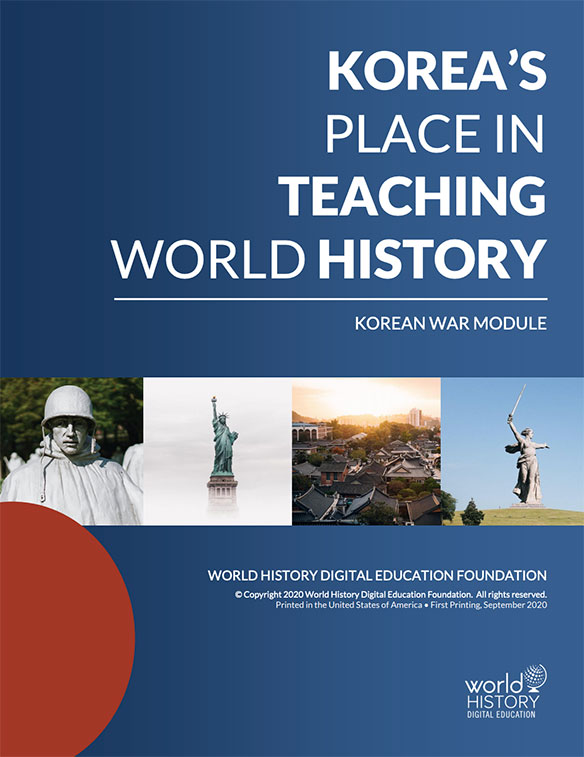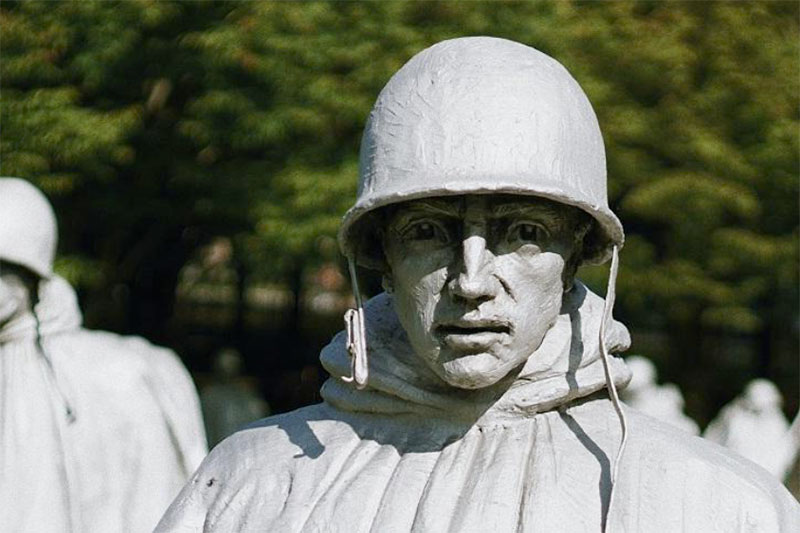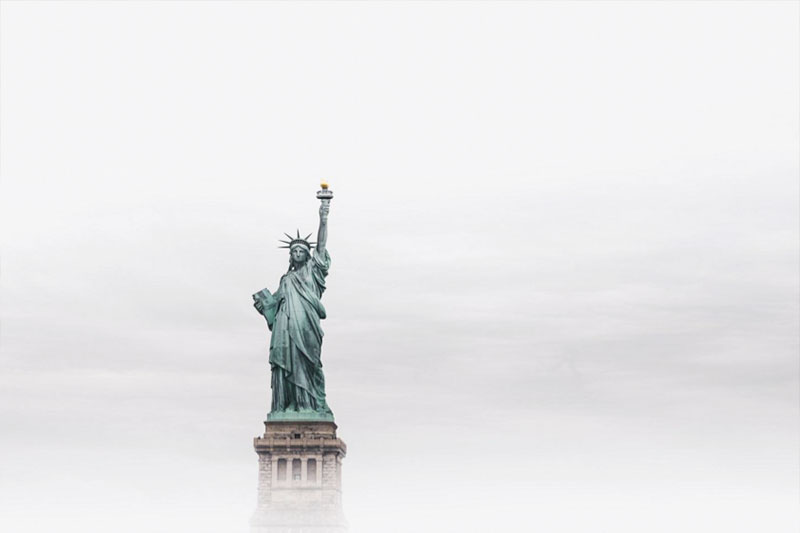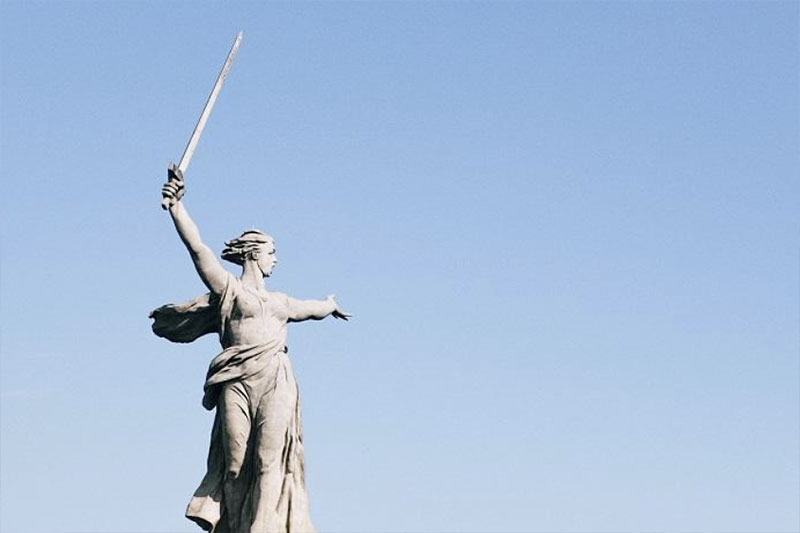Korea's Place in Teaching World History
People and states around the world challenged the existing political and social order in varying ways, leading to unprecedented worldwide conflicts.
This module will help students build the following skills:
- Explain a historical concept, development, or process.
- Identify the evidence used in a source to support an argument.
- Compare the arguments or main ideas of two sources.
- Explain how claims or evidence support, modify, or refute a source’s argument
- Corroborate, qualify, or modify an argument using diverse and alternative evidence in order to develop a complex argument. This argument might:
- Explain the nuance of an issue by analyzing multiple variables.
- Explain relevant and insightful connections within and across periods.





